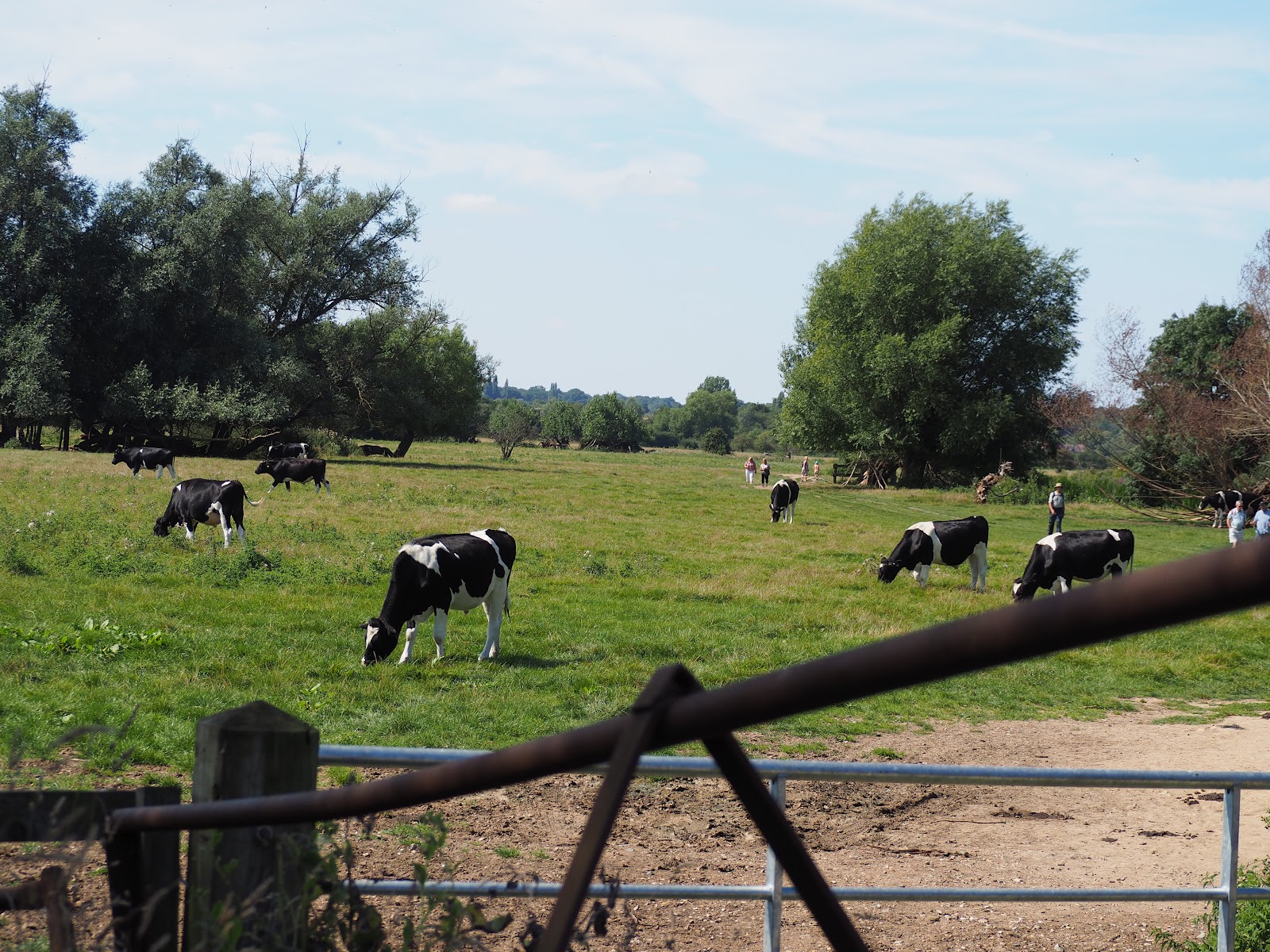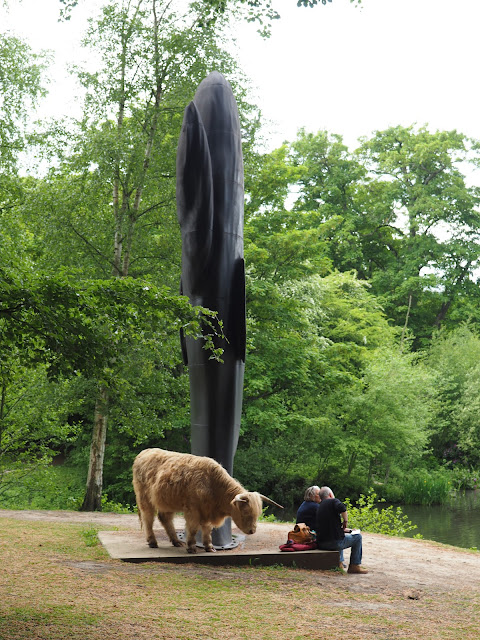Need I say that, being of sound mind, I haven’t read Prince Harry’s Spare, but an article in the New Yorker by Parul Sehgal about the nature of narrative quotes a passage from the book that runs, ‘I considered all of the previous challenging walks of my life – the North Pole, the Army exercises, following Mummy’s coffin to the grave – and while the memories were painful, they also provided continuity, structure, a kind of narrative spine that I’d never suspected. Life was one long walk.’ Yeah, metaphors are hard.
Elsewhere, at Phillips in London, Damien Hirst has a new exhibition titled Where the Land Meets the Sea, yeah, titles are hard too, but maybe it’s an allusion to Clare Leighton:
The Hirst exhibition consists of Coast Paintings, Sea Paintings, and Seascapes,and in the exhibition notes Hirst says, ‘Where the Land Meets the Sea is an exploration inspired by the seaside in gray British winters; I grew up in Leeds in West Yorkshire and often holidayed in Scarborough, Filey, Whitby, where Count Dracula landed, Robin Hood’s Bay, and Skegness. I have always spent a lot of time walking and thinking on the beach and watching the sea, witnessing the powerful action of the crashing waves in winter. It gives me a feeling of unimportance and vastness and inevitability, that this whole world and everything in it will eventually wear out to nothing.’
I’m not sure I ever pictured Hirst walking on the beach, walking into the Groucho Club sure,
but there’s no argument about the general principle, and as a Yorkshire lad from Sheffield I’ve had similar holiday experiences walking in two of those places: Filey and Skegness, though not the others.
This is me and my mum on the beach at Lytham St Annes – I think she thought Blackpool was a bit common. The land is very definitely meeting the sea, and admittedly neither of us is walking, but we definitely walked to get there.
And then having recently been in Swansea, where Dylan Thomas is ubiquitous,
I got back and dug out one of his poems titled ‘Poem In October’ which contains the lines
‘And I rose in a rainy autumn
And walked abroad in shower of all my days’
Sounds a bit like a day at the seaside. And later in the same poem:
‘And I saw in the turning, so clearly, a child's forgotten mornings
When he walked with his mother through the parables of sunlight
And the legends of the green chapels.’
Now obviously I’m not saying that only artists and poets should be allowed to write about walking but maybe princes and/or their ghost writers should hold back.







































